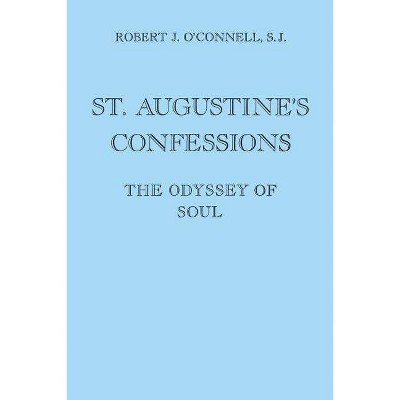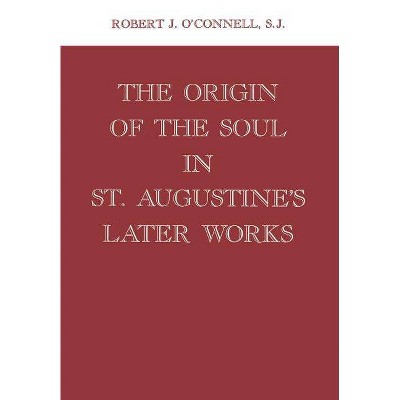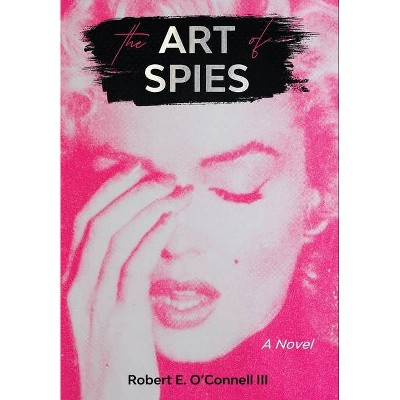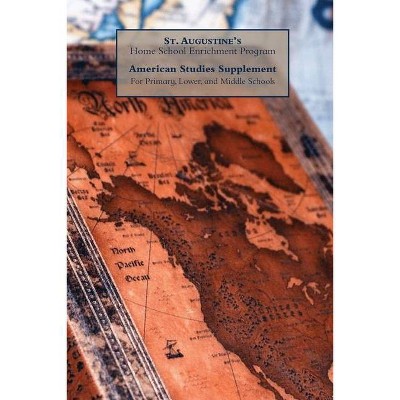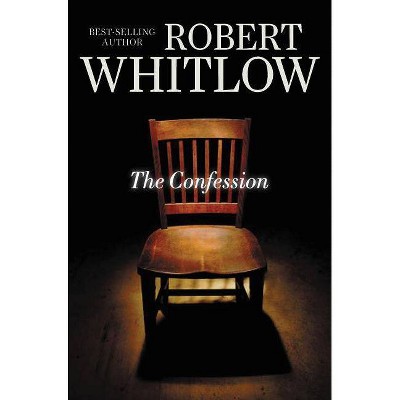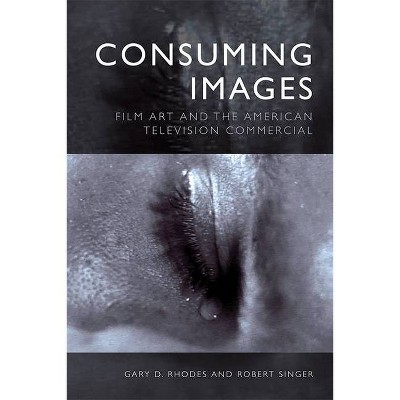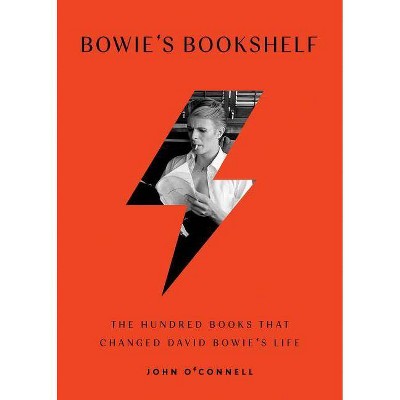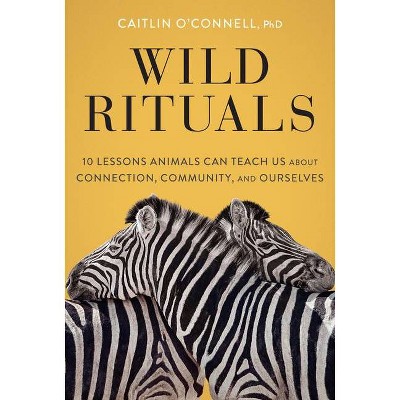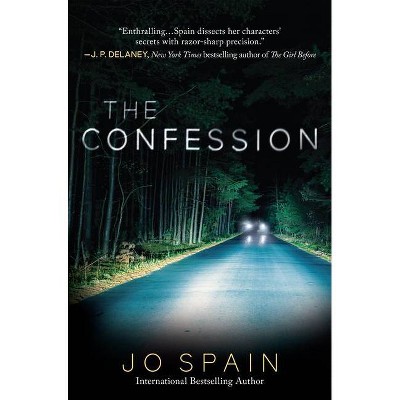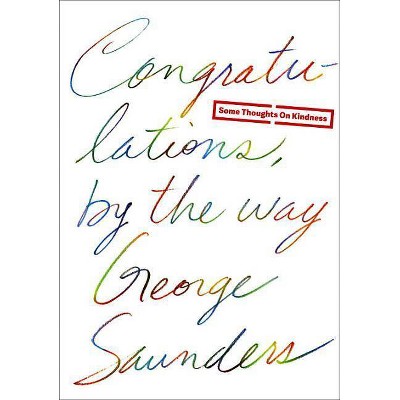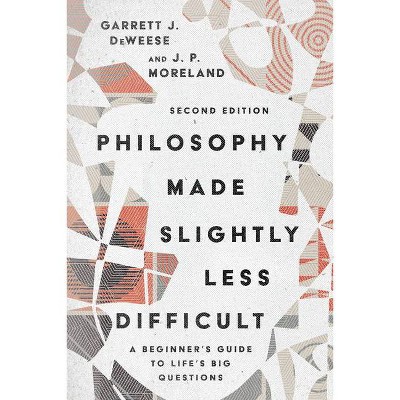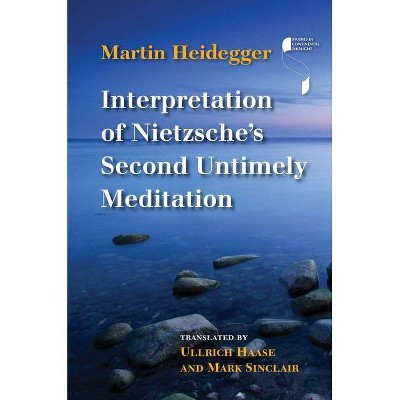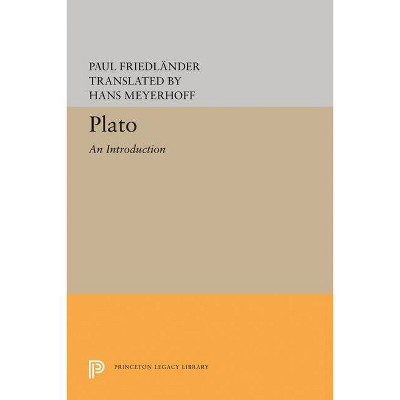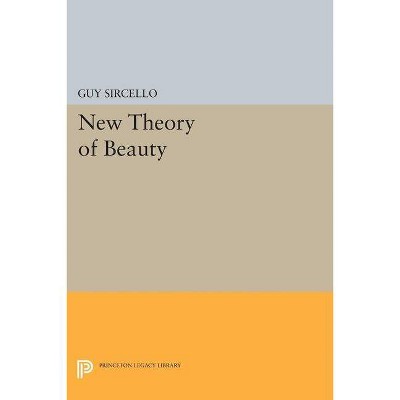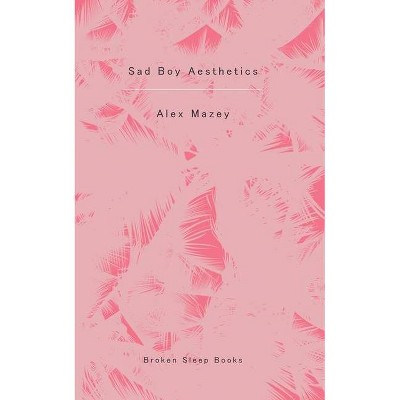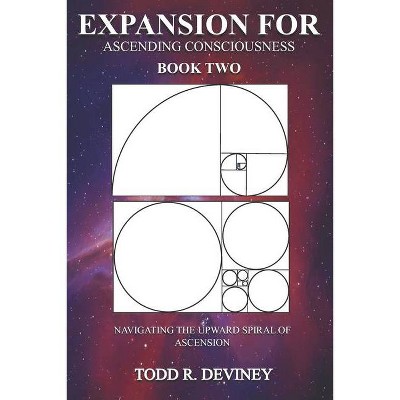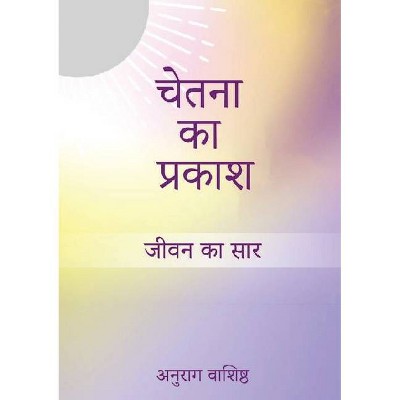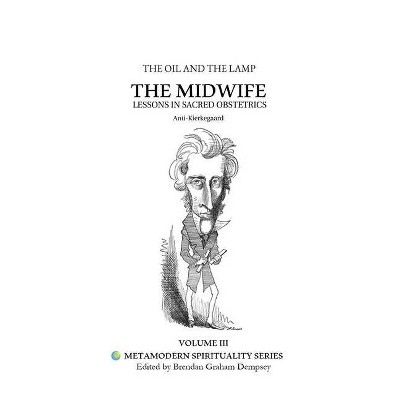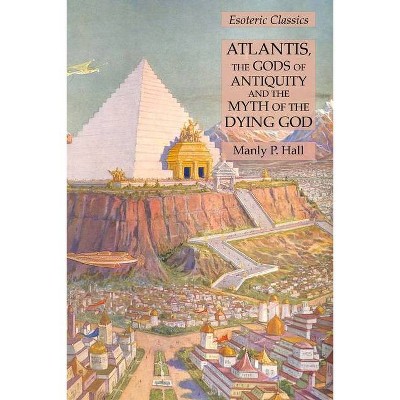Images of Conversion in St. Augustine's Confession - by Robert J O'Connell (Hardcover)
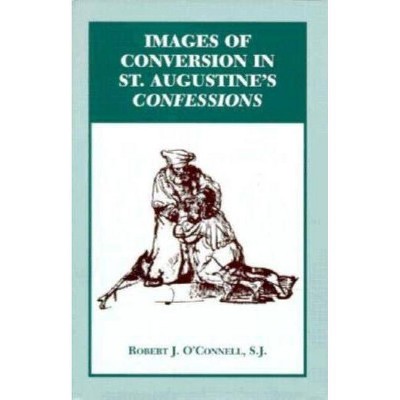
Similar Products
Products of same category from the store
AllProduct info
<p/><br></br><p><b> Book Synopsis </b></p></br></br>In his preceding work, Soundings in Augustine's Imagination, Father O'Connell outlined the three basic images Augustine employs to frame his view of the human condition. In the present study, he applies the same techniques of image-analysis to the three major conversions recounted in the Confessions. Those conversions were occasioned, first, by Augustine's youthful reading of Cicero's Hortensius, then by his reading of what he calls the books of the Platonists, and finally, most decisively, by his fateful reading in that Milanese garden of the explosive capitulum, or chapterlet, from St. Paul's Epistle to the Romans. Dissection of Augustine's imagery discloses a chain of striking connections between these conversions. Each of them, for instance, features a return to a woman - now a bridal, now a maternal figure, and finally, a mysterious stand-in for Divine Wisdom, both bridal and maternal. Unsurprisingly, conversion-imagery also provokes a fresh estimate of the sexual component in Augustine's religious biography; but the sexual aspect is balanced by Augustine's insistent stress on the vanity of his worldly ambitions. Perhaps most arresting of all is Father O'Connell's analysis showing that the text that Augustine read from Romans consisted of not only two, but four verses: hence the dramatic procession of images which make up the structure of the Confessions, Book VII; hence, too, the presence, subtle but real, of those same image-complexes in the Dialogues Augustine composed soon after his conversion in A.D. 386.<p/><br></br><p><b> From the Back Cover </b></p></br></br>In his preceding work, Soundings in Augustine's Imagination, Father O'Connell outlined the three basic images Augustine employs to frame his view of the human condition. In the present study, he applies the same techniques of image-analysis to the three major "conversions" recounted in the Confessions. Those conversions were occasioned, first, by Augustine's youthful reading of Cicero's Hortensius, then by his reading of what he calls the "books of the Platonists", and finally, most decisively, by his fateful reading in that Milanese garden of the explosive capitulum, or "chapterlet", from St. Paul's Epistle to the Romans. Dissection of Augustine's imagery discloses a chain of striking connections between these conversions. Each of them, for instance, features a return to a woman - now a bridal, now a maternal figure, and finally, a mysterious stand-in for Divine Wisdom, both bridal and maternal. Unsurprisingly, conversion-imagery also provokes a fresh estimate of the sexual component in Augustine's religious biography; but the sexual aspect is balanced by Augustine's insistent stress on the "vanity" of his worldly ambitions. Perhaps most arresting of all is Father O'Connell's analysis showing that the text that Augustine read from Romans consisted of not only two, but four verses: hence the dramatic procession of images which make up the structure of the Confessions, Book VII; hence, too, the presence, subtle but real, of those same image-complexes in the Dialogues Augustine composed soon after his conversion in A.D. 386.<p/><br></br><p><b> Review Quotes </b></p></br></br><br>An exciting book...places the central sections of the Confessions in fresh perspectives."-- "--Theological Studies"<br><br>This book, with its careful blend of bold hypothesis and careful textual analysis, constitutes a fitting final monument to Fr. O'Connell's central position in modern attempts to understand Augustine's magnum opus.-- "--American Catholic Philosophical Quarterly"<br><p/><br></br><p><b> About the Author </b></p></br></br><b>Robert J. O'Connell, S. J. </b>was a Professor of Philosophy at Fordham University. His has five publications on St. Augustine, as well as several studies of Plato, William James, and Teilhard de Chardin. In 2015 he established the O'Connell established the O'Connell Initiative at Fordham, a forum for intellectual exploration, that brought together scholars of every aspect of capitalism.
Price History
Price Archive shows prices from various stores, lets you see history and find the cheapest. There is no actual sale on the website. For all support, inquiry and suggestion messagescommunication@pricearchive.us
